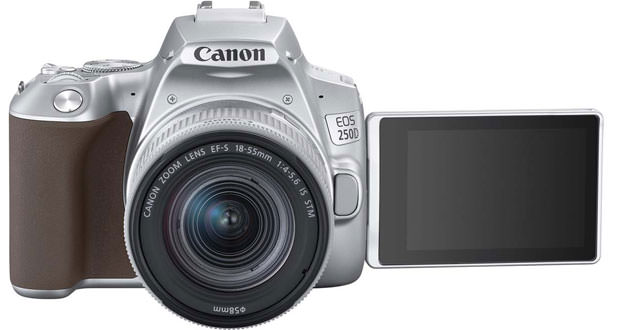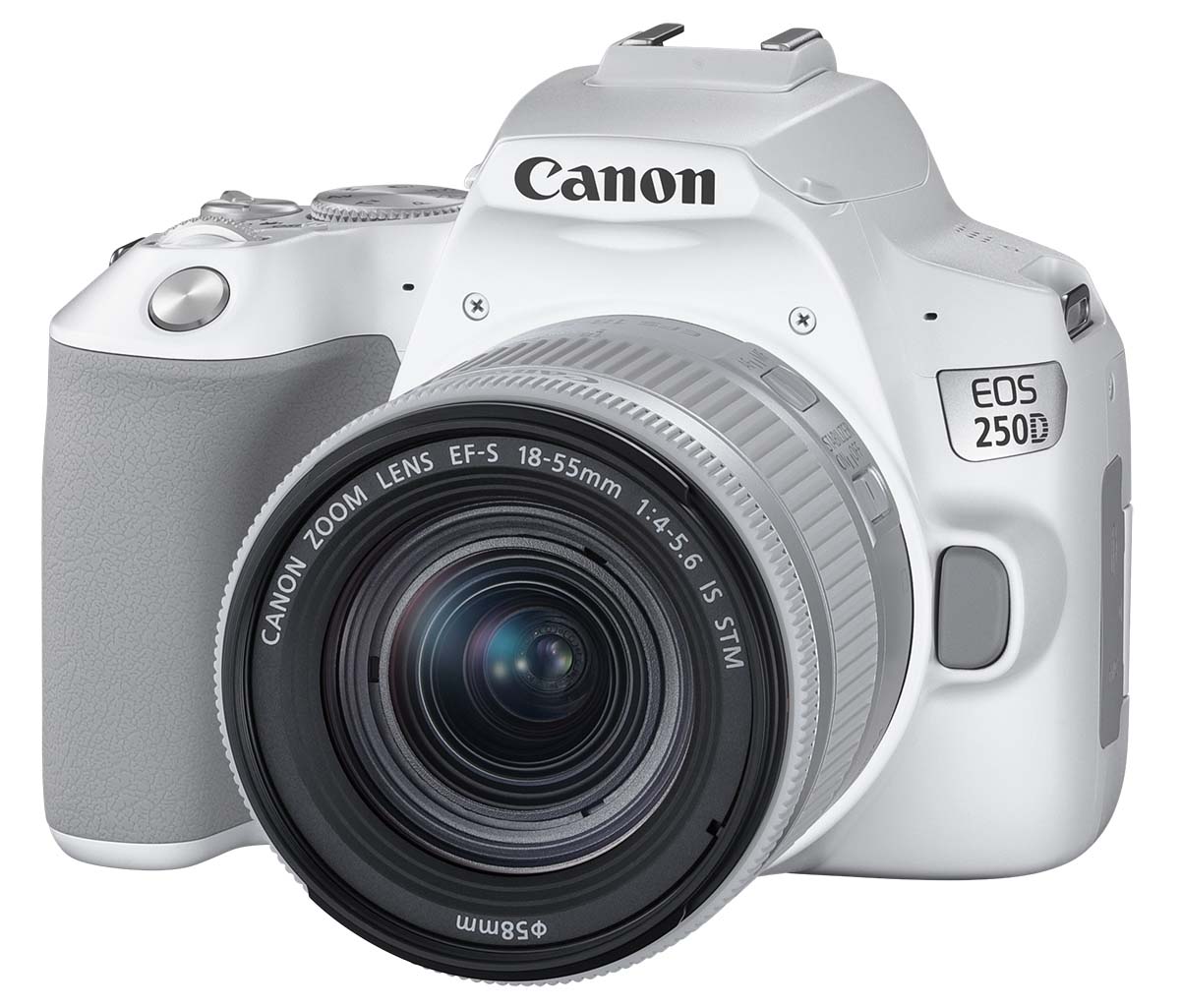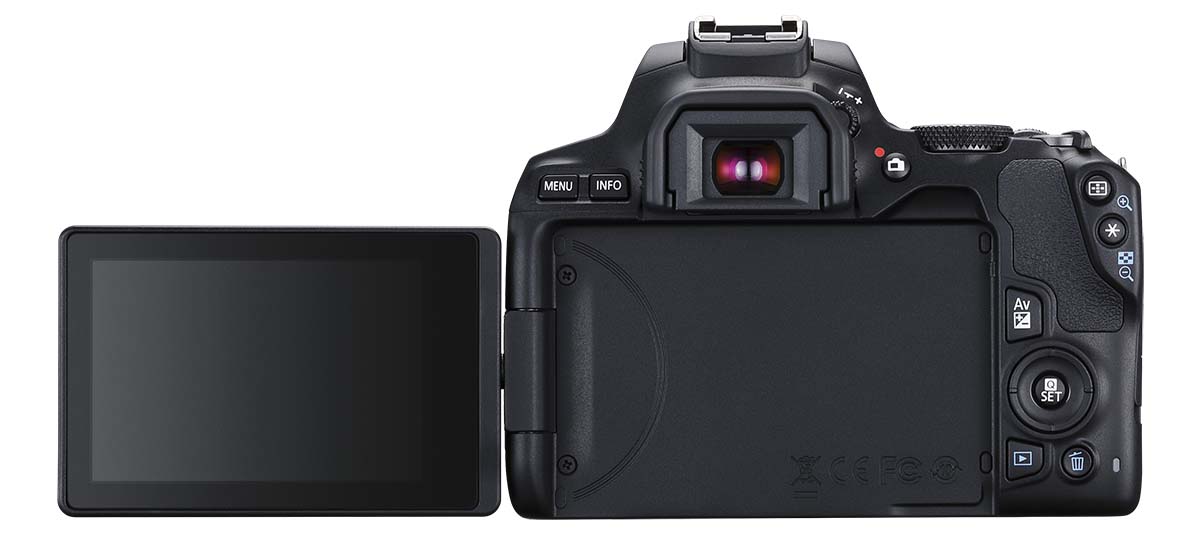Canon EOS 250D, new compact and economical reflex
The EOS 250D is the new version of the Canon SLR as compact as a mirrorless. Few innovations compared to the previous model, but price and size continue to make it an interesting choice for the novice in search of the first camera body.
Canon today announces its new entry-level reflex EOS 250D, which continues the trend of super-compact SLR inaugurated with the 100D. For price and features, the new born is positioned in the Canon range between the EOS 2000D and the EOS 800D, borrowing part of the EOS M50 mirrorless electronics.
In terms of innovations, the EOS 250D adds very little to the previous 200D, especially from a purely photographic point of view. The CMOS APS-C Dual pixel sensor maintains unchanged the resolution of 24.2 Mpixel nominal (6000x4000pixel) of the previous model, as well as the ISO range (100-25.600 native ISOs, with the possibility to reach ISO 51.200 equivalent) and are unchanged) the shutter speed, equal to 5 fps. Unchanged, unfortunately, also the AF sensor for focusing through viewfinder, still anchored at 9 points.
The greater power of the DIGIC 8 processor, the main technical novelty of this model, seems to only materialize in the video section, now 4K (3840×2160 @ 25p). However, this video mode appears less attractive than it might seem at first sight, for two reasons. The first is that in 4K, the focus cannot be Dual Pixel CMOS, but only with contrast detection – this loses one of the most interesting features of Canon’s recent generation sensors.
The second reason is the high crop factor (about 2.6x), which ” transforms ” the 18mm of the classic 18-55mm (probably the most-used optics with this type of camera) into almost 50mm; the wide angle is lost.
As a partial compensation, the introduction of time-lapse and frame-grab functions (extraction of a frame from the video stream). It is also possible to reach 120 fps in HD format, but only with fixed focus and without audio recording.
The few photographic novelties are the possibility of using the Eye-AF function in Live View mode (ie using the Dual Pixel CMOS AF) and the possibility of storing 3 DLO (Digital Lens Optimizer) profiles to perform the advanced Canon aberration correction (including diffraction) already in-room. Probably, not many users of this type of product will worry about the loss of sharpness by diffraction, while they could perhaps have liked more the presence of NFC to complete the Bluetooth and Wi-Fi connectivity.
The restyling of the machine body is almost exclusively aesthetic: more ” angular ” and aggressive, it refers more to that of the M50, but the dimensions are unchanged at less than fractions of a millimeter, just as the weight to which they have been removed is practically unchanged just a few grams.
The controls on the top of the camera and on the back are the same, but the program selection dial has been simplified, with the elimination of the CA and Flash-Off modes.



